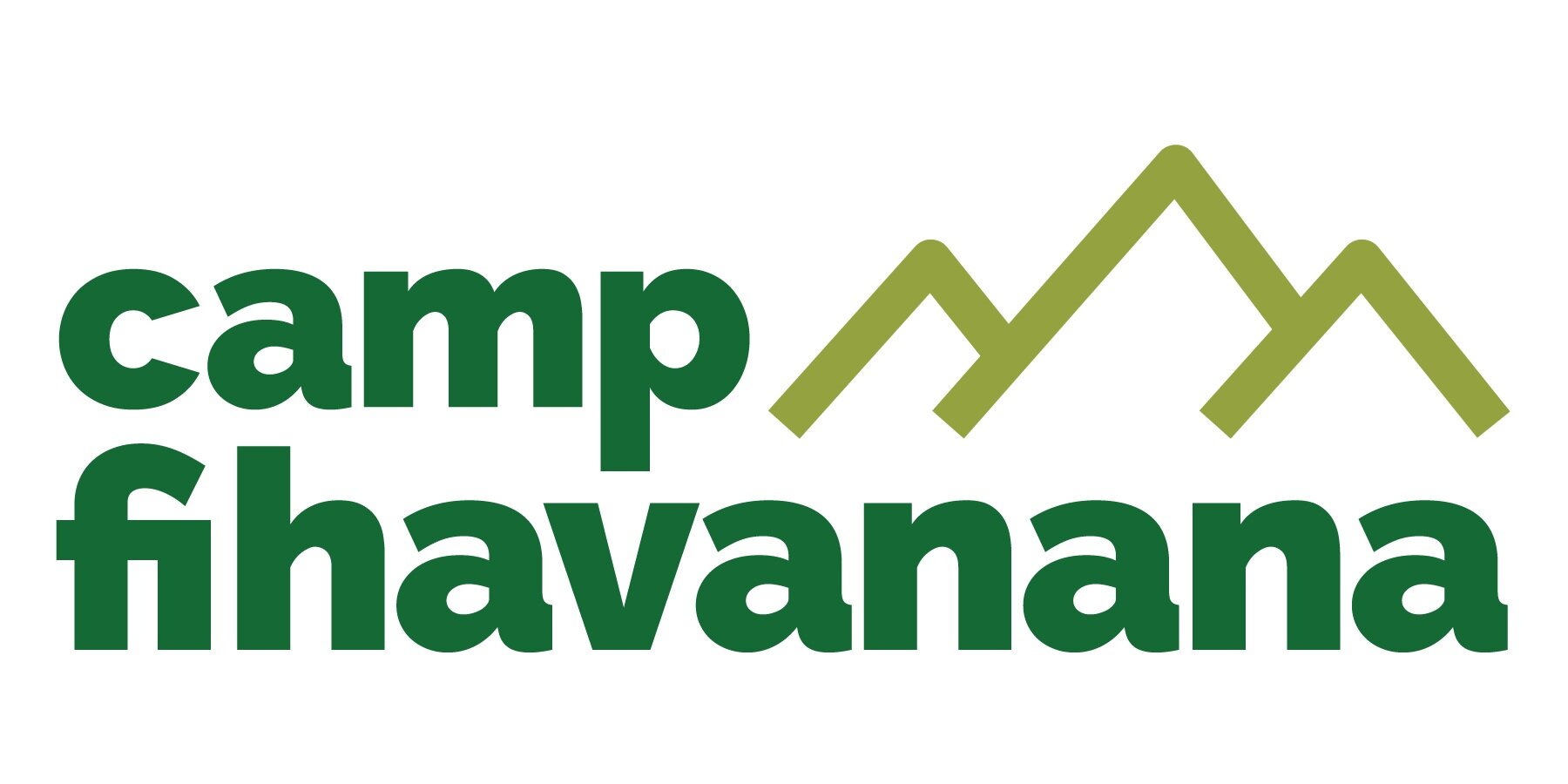When Helping Hurts
I was inspired to write this note after the cyclone Enawo battered my country. I am writing this not to ask for pity, but instead, turn this moment of damage into motivation. My heart felt heavy thinking about the Malagasy people who live in huts during this cyclone and later reading the news with a post-cyclone result of “about 22,000 have either been left homeless or suffered property damage.” (AccuWeather.com)
This damage was out of my control as a natural disaster, though I would like to share with you what we can do and we will do, while sharing with you inspirational facts from the book titled When Helping Hurts.
Briefly think about your short definition of Community Development. Here is Steve Corbett and Brian Fikkert’s definition of Community Development: “A transformational process in which a community is enabled to meet its own needs: physical, spiritual, emotional, psychological, social, economic and political.”
Steve and Brian explained two general categories of human needs: Acute and Chronic.
“Acute - These needs arise from disaster events such as wars, famine, earthquakes, floods, etc., and are highly unpredictable as to when or where they will happen. They can and do open windows for ministry usually of shorter duration periods than chronic needs.”
“Chronic - Human suffering due to hunger, poverty, poor health, etc., and are generally massive in proportion. Because the problems causing chronic suffering are deeply rooted in societies and cultures, they require long- term, transformational, education-based solutions.”
This brings us to the point of differentiating the meaning of Relief vs. Development.
RELIEF means acute needs: 24 hours response, 3 to six months, mercy oriented; which comes in a form of disaster response, recovery and rehabilitation. Whereas DEVELOPMENT involves chronic needs: long-term, 3 to five year-programs and it is TRANSFORMATIONAL. The development work that comes in a form of food security, primary health care, education/literacy, micro-enterprise/finance...
Community Development is not a product but a process. Products include: improved roads, schools/buildings, water systems, food projects, income generation, health centers, livestock, whereas the process is "the How." HOW the community prepares for Community Development, HOW they implement their Community Development plan, and HOW they manage improvement of their community. How WE, the community, get to a self-sustaining solution!
Camp Fihavanana is designed to meet these self-sustaining solutions where the Malagasy youth learn confidence, demonstrate collaboration, and self-empowerment by undertaking challenges and succeeding in their endeavors. Camp Fihavanana focuses on community development where the Moramanga camp participants learn tools and leadership skills to aspire self-sustainability when recovering from damages like this. Camp Fihavanana inspires unity and embodies Fihavanana.
Please join us in supporting Malagasy communities by donating to our fundraising efforts. You can find more information here. Thank you for your support!
“Give a man a fish and you feed him for a day. Teach a man to fish and you feed him for a lifetime”


